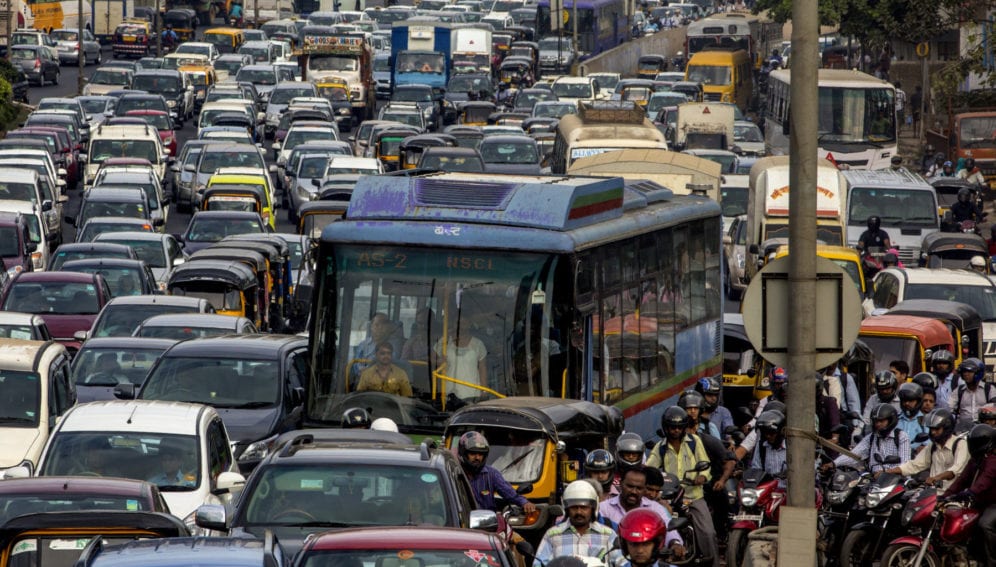Send to a friend
The details you provide on this page will not be used to send unsolicited email, and will not be sold to a 3rd party. See privacy policy.
India needs early investments in energy efficiency and non-fossil power to achieve INDC goals, says Manish Kumar Shrivastava.
Intended Nationally Determined Contributions (INDCs) will help determine a 2015 agreement by the end of the UN Framework Convention on Climate Change (UNFCCC) Conference of the Parties (COP21) in Paris that can set the world on a low-carbon, climate-resilient future.
The headline goals of India’s INDCs are 33—35 per cent reduction in emission intensity of GDP by 2030 compared to 2005 levels and a conditional increase in the cumulative share of non-fossil fuel energy in installed capacity up to 40 per cent by 2030.
Modelling-based analyses of INDCs from Brazil, China, EU, India and the US, conducted by the international research consortium, MILES, of which The Energy and Resources Institute (TERI), New Delhi, is a part, shows that invariably there are two pillars to achieving INDC goals in these countries — reducing energy intensity of GDP and carbon intensity of electricity. Both pillars require early uptake of advance climate-friendly technologies.
Reducing energy intensity of GDP would require significant efforts at reducing energy demand, in particular by the transport and building sectors. Setting up new energy efficient transport infrastructure and buildings will require huge upfront costs. Improving energy efficiency of existing installations will require continuous incremental policy interventions and support aided by mass awareness programmes. Deeper and rapid penetration of efficient appliances (for example ACs) and lighting options (for example LEDs) can improve energy intensity in a growing economy.
Reducing the carbon intensity of electricity generation requires that non-fossil fuel-based power generation grows at a higher rate than fossil fuel-based power. The former operates at lower capacity factors (electricity generated divided by capacity) as compared to fossil fuel-based power plants. Reducing the share of fossil fuels would require comparatively larger capacity installation of non-fossil-fuel power systems (other than nuclear and hydro power) in order to meet the increasing demand for electricity.Demand side options to improve energy efficiency will require sustained interventions and will only deliver after a time lag. It also implies that lower growth rates compared to what is projected in India’s INDC will make it difficult to achieve greenhouse gas intensity targets. Therefore, with sustained growth, larger upfront investments in new transport infrastructure, buildings and power sector will be critical to achieving India achieving its INDCs.
If early investments are not made in energy efficiency and non-fossil power generation, India’s economy will run the risk of getting locked into emission intensive infrastructure. Timely availability of capital and technology is therefore critical to achieving INDC goals.
Manish Kumar Shrivastava is a fellow at the Centre for Global Environment Research at The Energy and Resources Institute, New Delhi. The opinions in this article are his.
References
Beyond the numbers: Understanding the transformation induced by INDCs. THOMAS SPENCER; ROBERTA PIERFEDERICI. STUDIES N°05/2015. IDDRI – MILES PROJECT CONSORTIUM, 2015. 80 P.














